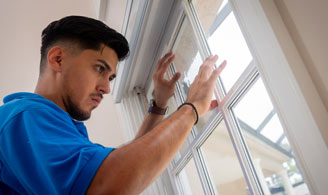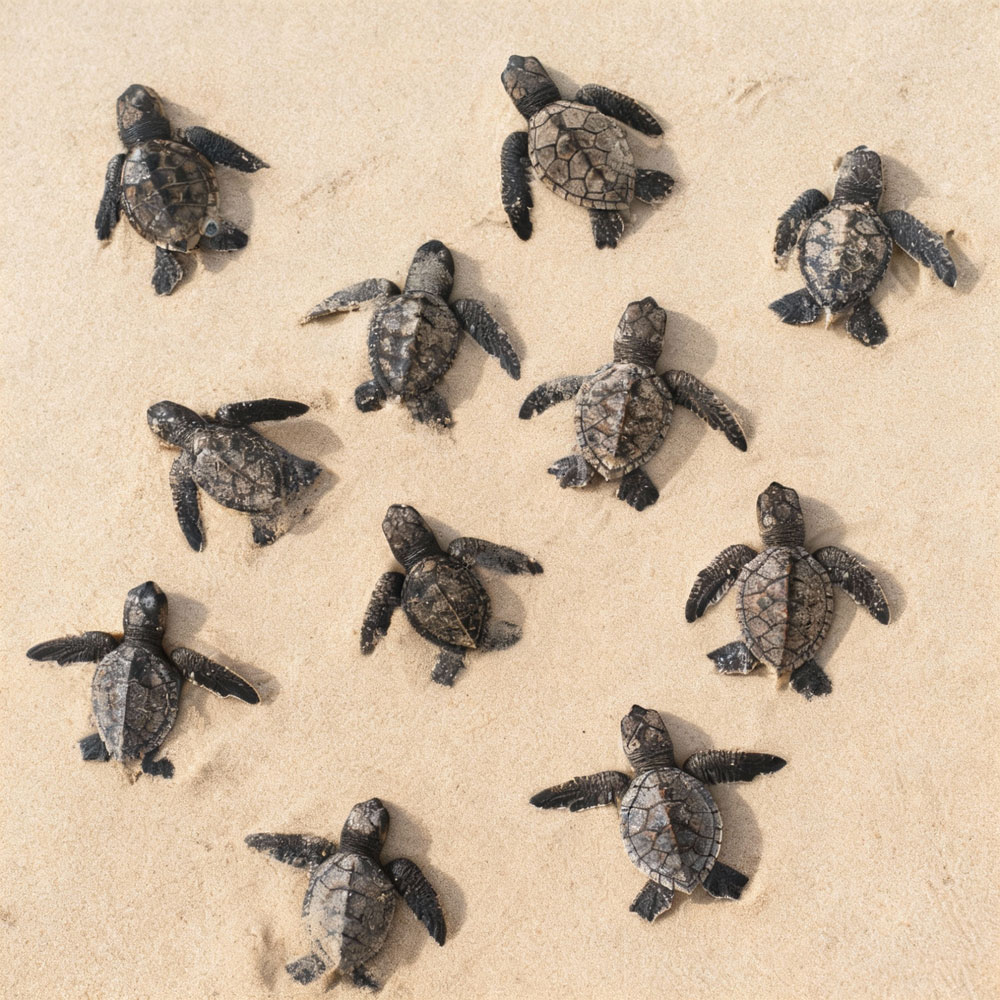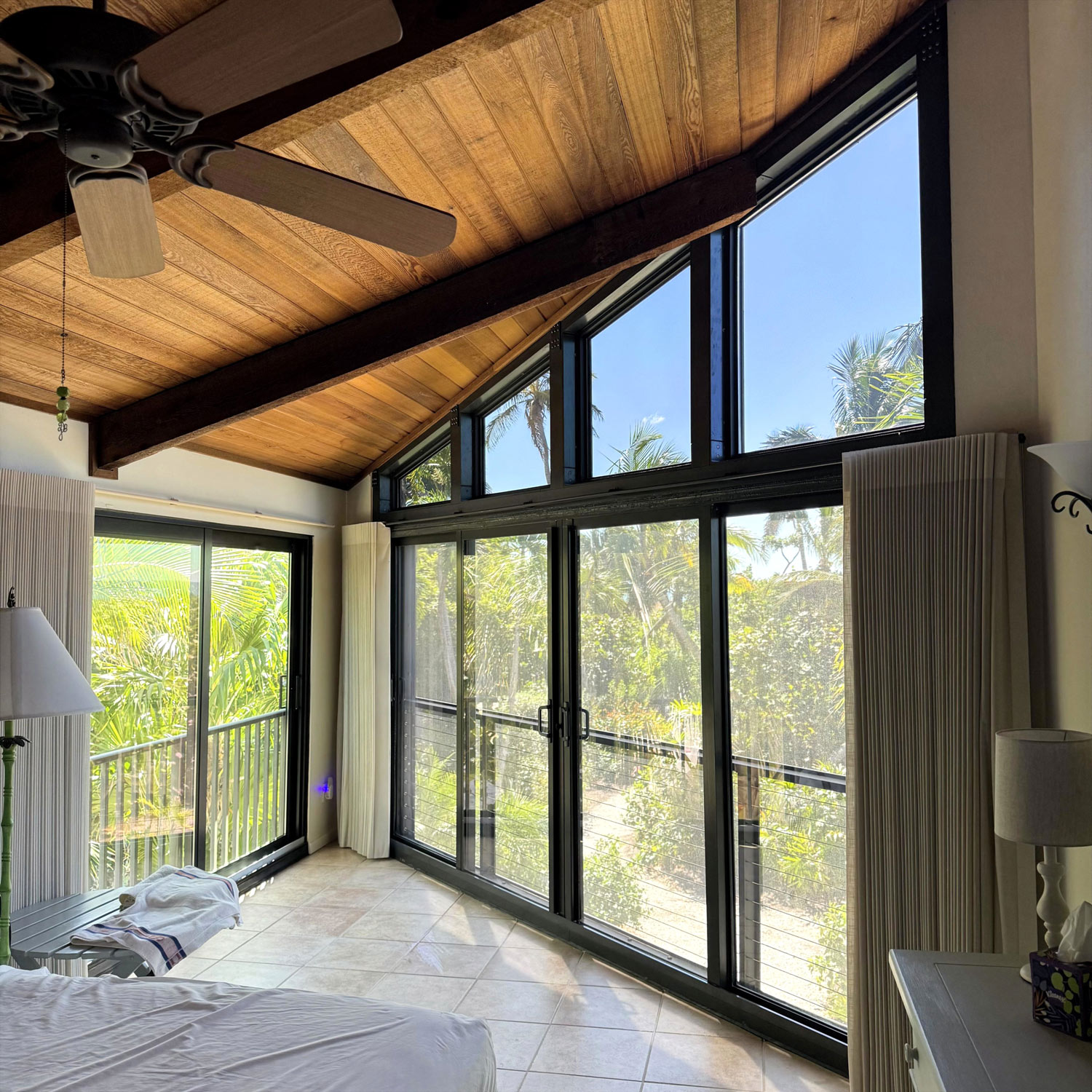
Home Tinting
Reject heat, eliminate dangerous and damaging UV rays, reduce energy bills and increase daytime comfort in your home.

If you received a turtle code violation, you are not alone.
Many beachfront homes and businesses are cited for non-compliant windows that allow too much light to escape at night. This excess light can disorient sea turtle hatchlings, causing them to stray away from the ocean and reducing their chances of survival. To protect these endangered animals, local ordinances are in place to limit this light, helping to protect the turtles and keeping your property in compliance.
LOCAL ORDINANCES IN SOUTHWEST FLORIDA
In the state of Florida, local window tinting ordinances vary by city or region, especially along the West Coast. From Venice to Naples, local ordinances generally require window tinting to allow no more than 45% of visible light through the glass at night, whereas in Fort Myers Beach, the local ordinance mandates 13% or less. This means no more than the percentage of visible light can pass through the glass at night, helping to minimize light pollution.
At Sunatmers, we understand the specific ordinances for your area, ensuring that your property’s window tint is turtle code compliant.
The good news? You don’t have to replace your windows.
You just simply need the right tint. That is why Suntamers is here to meet your needs.
At Suntamers, we specialize in helping homeowners and businesses meet local lighting ordinances while ensuring you maintain comfort, style, and compliance.
Our team understands the strict requirements of local lighting ordinances and is here to deliver half of the solution. We have specific tools that can help meter your glass, and as professionals, offer recommendations on which tint would be best for your home.
Our certified films reduce the amount of light that exits your home while saving energy costs and maintaining your view.
MESSAGE US

No Hassle Guarantee! We design, deliver and install. Contact us for your FREE quote today!
STAY COMPLIANT. PROTECT WILDLIFE. SAVE ENERGY.
Contact us today for a free consultation to determine which window tint is right for you.
To learn more about turtle code and what you can do to help these hatchlings, please visit the Turtle Conservancy website.


Panorama® non-reflective ceramic window films stop more heat and protect the interior of your home or business with a clearer view over traditional dyed, reflective or dual reflective films.
Keeping SWFL cool from Sarasota to Naples. Find Your Nearest Location Below and Contact Us Today.